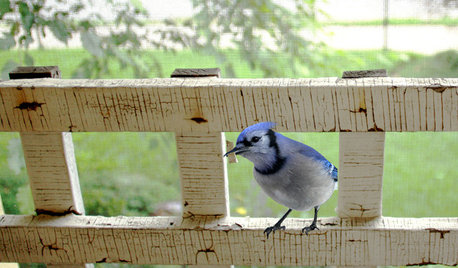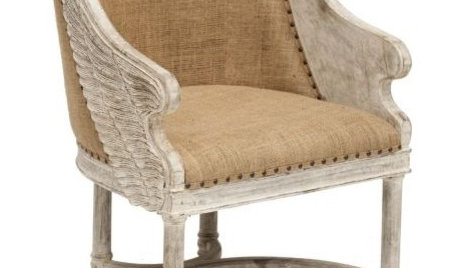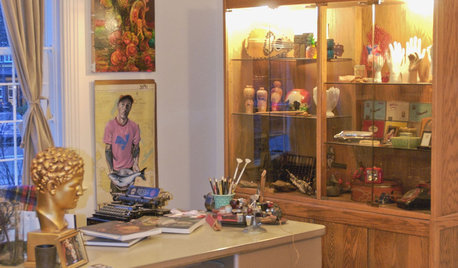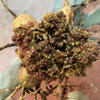Curious
kwoods
10 years ago
Related Stories

GARDENING FOR BIRDSBackyard Birds: Meet Some Clever and Curious Jays
Boisterous jays provide plenty of backyard bird-watching in winter. Here’s how to identify all the varieties and welcome them into your yard
Full Story
PRODUCT PICKSGuest Picks: 20 Curious Finds
Why relegate curiosities to a cabinet? Add interest around the home with unique furniture and accents
Full Story
HOUZZ TOURSMy Houzz: Vancouver Artist's Curious, Collected Home
Family memorabilia and intriguing collections tell a lively story in a Canadian artist's one-bedroom home
Full Story
SHOP HOUZZShop Houzz: Decorating Inspiration From Wonderland
Get curiouser and curiouser with ‘Alice in Wonderland’ style
Full Story0

HOUZZ TOURSHouzz Tour: Having Fun With a Half-Buried House
Layers of dirt help create energy efficiency and an unusual look on a steep slope in Washington state
Full Story
KITCHEN DESIGNSpecial Report: Kitchen News from Cologne
Blended Kitchen-Living Rooms, Super-Skinny Counters and Hidden Appliances Are Headed This Way
Full Story
BATHROOM DESIGNHere's (Not) Looking at Loo, Kid: 12 Toilet Privacy Options
Make sharing a bathroom easier with screens, walls and double-duty barriers that offer a little more privacy for you
Full Story
KIDS’ SPACESKids’ Room Colors and How They Can Affect Behavior
Find out how different hues can nurture sensitivity, counter restlessness and encourage confidence in children
Full Story








pdshop
CCvacation
Related Professionals
Chattanooga Landscape Architects & Landscape Designers · Piqua Landscape Architects & Landscape Designers · Mooresville Landscape Contractors · Stamford Landscape Contractors · Hawaii Landscape Contractors · Reedley Landscape Contractors · Teaneck Landscape Contractors · Vacaville Landscape Contractors · Westchester Landscape Contractors · Ferguson Landscape Contractors · Coral Gables Fence Contractors · Natick Fence Contractors · Statesville Fence Contractors · Rehoboth Solar Energy Systems · Titusville Solar Energy SystemskwoodsOriginal Author
CCvacation
CCvacation
CCvacation
Noni Morrison
teddahlia
CCvacation
teddahlia
User